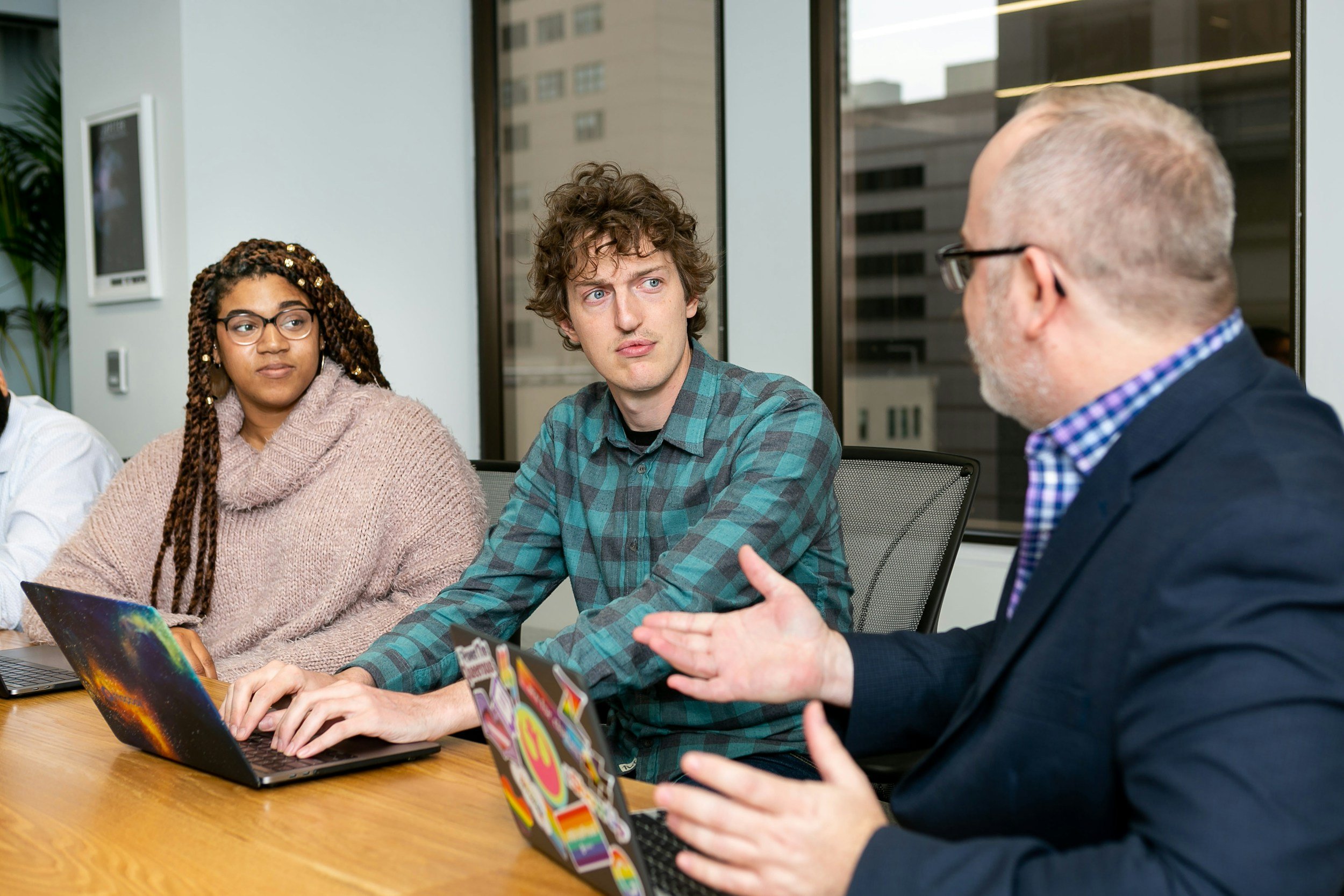Why Am I So Nervous During Interviews? Discover What Your Face Reveals
Key Takeaways
Facial Features Reflect Inner Emotions: Chinese and Western physiognomy link traits like uneven eyebrows, a tense jaw, or thin lips to heightened anxiety during stressful situations like interviews.
Self-Awareness Is the First Step: Understanding your facial structure helps you recognize anxiety triggers, making it easier to implement calming strategies.
Practical Solutions for Confidence: Targeted exercises like mindful breathing, mock interview practice, and simple grooming adjustments can significantly reduce interview stress.
Facial Adjustments Can Boost Confidence: Relaxing the jaw, maintaining subtle eye contact, and using facial relaxation techniques can improve both appearance and confidence.
Physiognomy as a Personalized Solution: Physiognomy.ai offers personalized face reading reports that provide insights and tailored solutions to help you present your best self at interviews.
Are you someone who feels butterflies in your stomach the moment you step into an interview room? For many, that sense of nervousness can be overwhelming and self-defeating. Interestingly, both Chinese and Western physiognomy have long-standing perspectives on how certain facial features correlate with our internal states—like anxiety or self-doubt—especially under pressure.
Recognizing the Facial Traits That Reveal Nervousness
1. Chinese Face Reading
Uneven or “tangled” eyebrows: These can indicate an easily agitated or anxious nature. In interviews, such individuals may overthink their responses.
Tight mouth corners or thinner lips: Often interpreted as a sign of reserved communication. People with these traits may feel extra pressure to express themselves effectively, causing them to become more nervous.
Short or shallow philtrum: Said to suggest difficulties expressing true intentions or emotions. This can magnify interview stress due to fear of not conveying oneself clearly.
2. Western Physiognomy
Tensed jaw or clenched teeth: Indicates stress and worry, often experienced by those who get especially nervous under scrutiny.
Downturned mouth or “worry lines” near the lips: Suggests a tendency toward self-doubt and anxiety.
Fidgety or darting eye movements: While not strictly a “facial structure,” the way eyes move can be revealing. A habit of avoiding direct eye contact is also associated with interview anxiety.
Practical, Specific Strategies to Overcome Interview Anxiety
1. Targeted “Exposure” Practice
Set up mock interviews with friends or family and record them. Review your performance to identify where you get stuck or appear most anxious.
If possible, seek out smaller-scale speaking opportunities—like short presentations at work or local meet-ups—to gradually desensitize yourself to performance-like scenarios.
2. Mindful Breathing and Grounding Exercises
Box Breathing: Inhale for four counts, hold for four, exhale for four, and pause for four. This simple exercise can be done in the waiting room before an interview to calm your nerves.
Progressive Muscle Relaxation: Tense and relax different muscle groups (jaw, shoulders, hands) to release physical tension that builds up from stress.
3. Clear, Structured Preparation
Write down your key experiences and STAR stories (Situation, Task, Action, Result). Practice them out loud so you don’t freeze up mid-interview.
Research the company thoroughly and prepare thoughtful questions. This gives you a sense of control and lowers uncertainty, a big cause of interview anxiety.
4. Subtle Facial Presentation Adjustments
Eyebrow Grooming: If you have “uneven or tangled” eyebrows (as per Chinese face reading), consider subtle grooming or shaping that helps you feel more polished. Feeling good about your appearance can boost confidence.
Jaw and Mouth Relaxation: Practice opening and lightly massaging your jaw to release tension. This also improves vocal clarity and reduces a stiff facial expression.
Eye Contact Training: Practice looking at a point between the other person’s eyes if direct eye contact is too intimidating at first. Gradually build comfort.
How Physiognomy Can Help
Physiognomy provides a fascinating framework to understand our natural tendencies. Just as a handwriting expert might glean insights about personality from pen strokes, a face reader discerns patterns from facial contours and features. By identifying traits that may predispose you to certain emotions—like interview nervousness—you gain self-awareness. And self-awareness is the cornerstone of growth and transformation.
Through Chinese face reading, you learn how specific features—such as your eyebrows or philtrum—can contribute to communication challenges or self-doubt. Meanwhile, Western physiognomy points to tension around the jaw and eyes as an outward reflection of internal stress. Once these traits are recognized, you can strategically work on them—whether that’s by adjusting certain grooming habits, adopting targeted confidence-building techniques, or simply being more mindful of how you hold your face under pressure.
Facial Structures That May Contribute to Interview Anxiety—And Offer Clues for Improvement
Eyebrows: If they’re uneven or tangled, consider slight shaping and daily grooming. Doing so symbolically and practically minimizes any “mental clutter”.
Philtrum: If it’s short or shallow, place emphasis on practice and clarity in speech—like rehearsing stories out loud—to counter communication hesitancy.
Jaw Tension: Observing and releasing jaw clenching can dramatically lower stress signals. Simple exercises like jaw massages or yawning before an interview can ease your nerves.
Mouth Corners & Lips: Curving your mouth corners upward, even slightly, fosters a friendlier expression, which can also trick your brain into feeling calmer.
By directly connecting these facial traits to practical, everyday strategies, you can make real strides. The combination of physiognomy insights with tried-and-true interview prep creates a holistic approach—addressing both the internal mindset and external expression.
How We Can Support You at Physiognomy.ai
At Physiognomy.ai, we specialize in merging time-tested face reading principles with modern, personalized guidance. Our services focus on:
Individualized Facial Analysis: Identifying the subtle signs of anxiety or stress in your facial features.
Customized Confidence-Building Plans: Offering practical strategies—like grooming tips, breathwork routines, and communication practice—tailored to your unique face shape and personal interview goals.
Ongoing Support and Feedback: We don’t just hand you a report; we work alongside you to refine your approach, ensuring you grow in self-assurance and poise.
If you recognize yourself in the traits we’ve discussed and want a clear roadmap to calm your interview nerves, we’re here to help. By combining ancient wisdom from both Chinese and Western physiognomy with modern, hands-on methods, you’ll gain the tools to present your best self—both inside and out.













